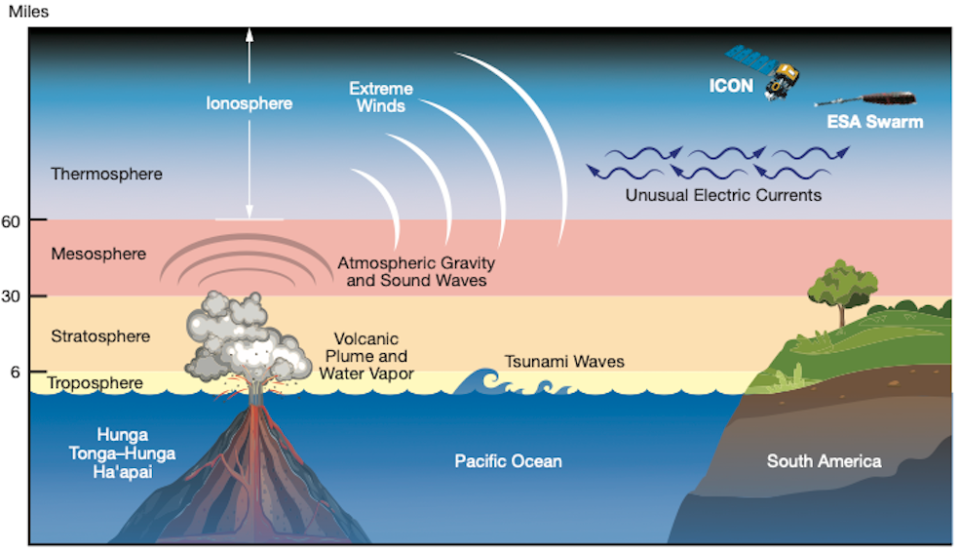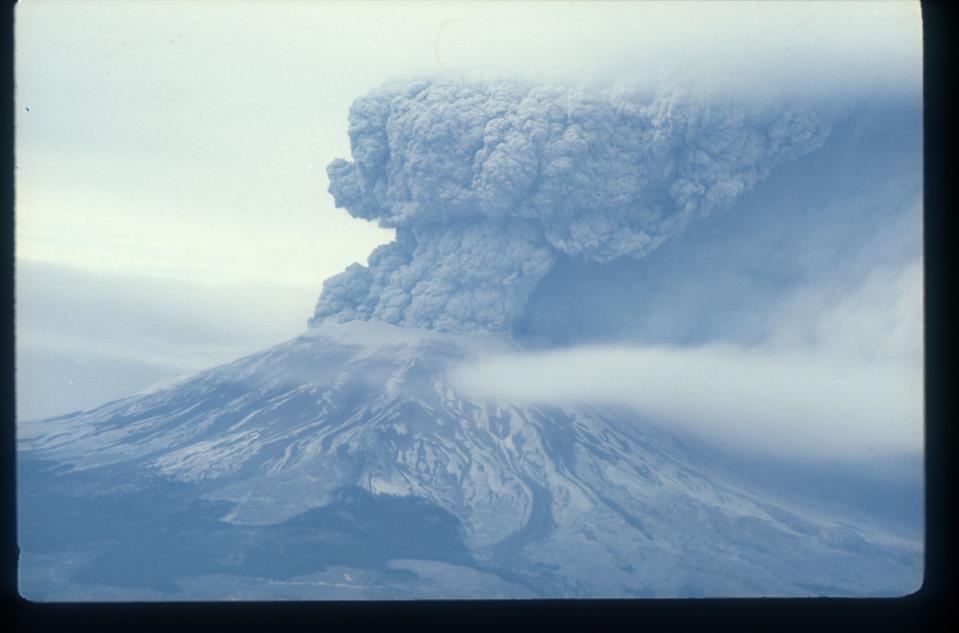NUKU’ALOFA, Tonga – The January 2022 eruption of Hunga Tonga-Hunga Ha’apai in the island nation of Tonga was so powerful that it may have caused the climate to temporarily warm, a to study he says
Located in the south of the Pacific Ocean, underwater volcano exploded with a volcanic explosiveness index of 5 on a logarithmic scale up to 8.
It produced a sonic boom that could be heard as far north as Alaska and sent a tsunami across the Pacific toward Japan and northern and South Americaaccording to NOAA.
TONGA VOLCANIC ERUPTION SHOCK WAVE INTO GARES 6,000 MILES AWAY
“It was an absolutely huge eruption,” said Sam Purkis, a professor of marine geosciences at the University of Miami, who was not part of the study. “Probably fighting for the biggest natural explosion on the planet for more than a century.”
According to Purkis, the impact of the eruption not only spread across the planet, but also upwards atmosphere.
He said the submarine volcano erupted with enough force to send water vapor into the stratosphere, a layer of the atmosphere that begins about 7 miles above the Earth’s surface.

That water vapor became a powerful greenhouse gas, causing temporary localized warming in the Pacific region, Purkis said.
Large volcanic eruptions are known to have significant impacts on climate and weather.
Unlike the eruption that occurred in Tonga, however, many others caused the climate to cool. That’s because volcanoes often emit sulfur dioxide into the atmosphere, which causes a cooling effect, according to Purkis.

An example is the eruption of Indonesia Mount Tambora in 1814. With a VEI of 7, it is known as the largest volcanic eruption on record.
The volcano released 30 to 60 million tons of sulfur dioxide into the stratosphere, according to University of Cambridge volcanologist and filmmaker Clive Oppenheimer.
At this altitude, the gas formed into tiny particles that created a veil of dust around the balloon. This veil reflected enough sunlight to cool the global climate by about 3 degrees Celsius, Oppenheimer said.
“Perhaps the greatest disturbance of the climate was in 1816, and this became popularly known as the ‘Year without summer,’“, he noted.
